Article by Jasmien for Fashion United: Future Fabrics Expo 22
Article by Jasmien for Fashion United on fabrics that make the fashion industry more sustainable.
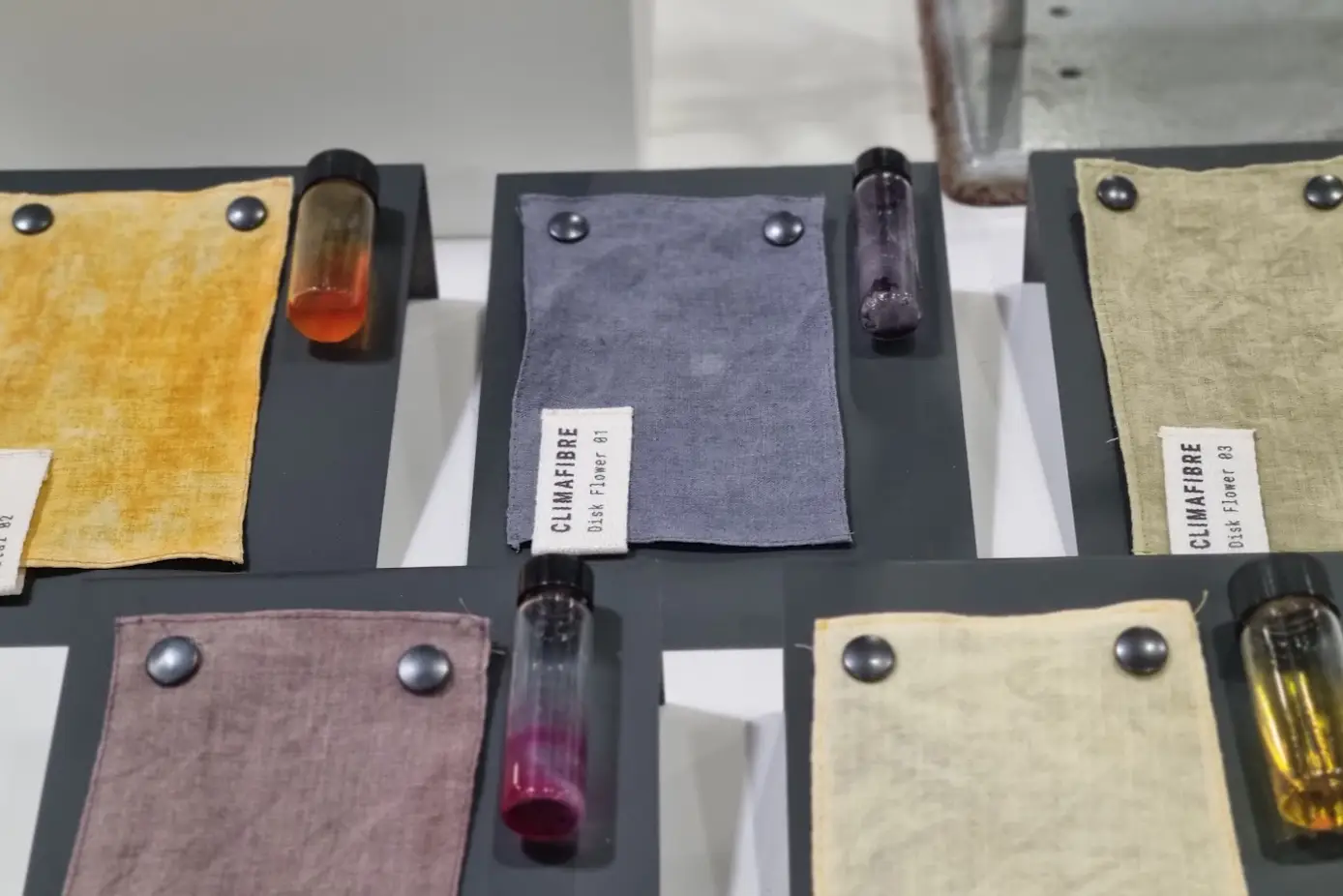
Future Fabrics, what?
That the fashion and textile industry contributes quite a bit to the climate problem is no secret. The fabrics that are used by the industry to make clothes often have a huge environmental impact. Cotton and polyester together account for about 80 percent of the clothing we wear, according to Textile Exchange’s Preferred Fiber and Materials Market Report 2021. Cotton requires an enormous amount of water (and pesticides) to grow, resulting in the drying of lakes and disappearing of nature and biodiversity. The production of polyester, on the other hand, requires a great deal of energy. Moreover, this material is made from oil and thus also contributes to the depletion of this non-renewable resource.
More and more brands and designers are therefore looking for better alternatives to the most commonly used materials. And that is where the Future Fabrics Expo comes in. It is the largest expo dedicated to sustainable and responsibly produced materials. You can find both commercially available fabrics and discover the latest innovations.
Inspiration from nature
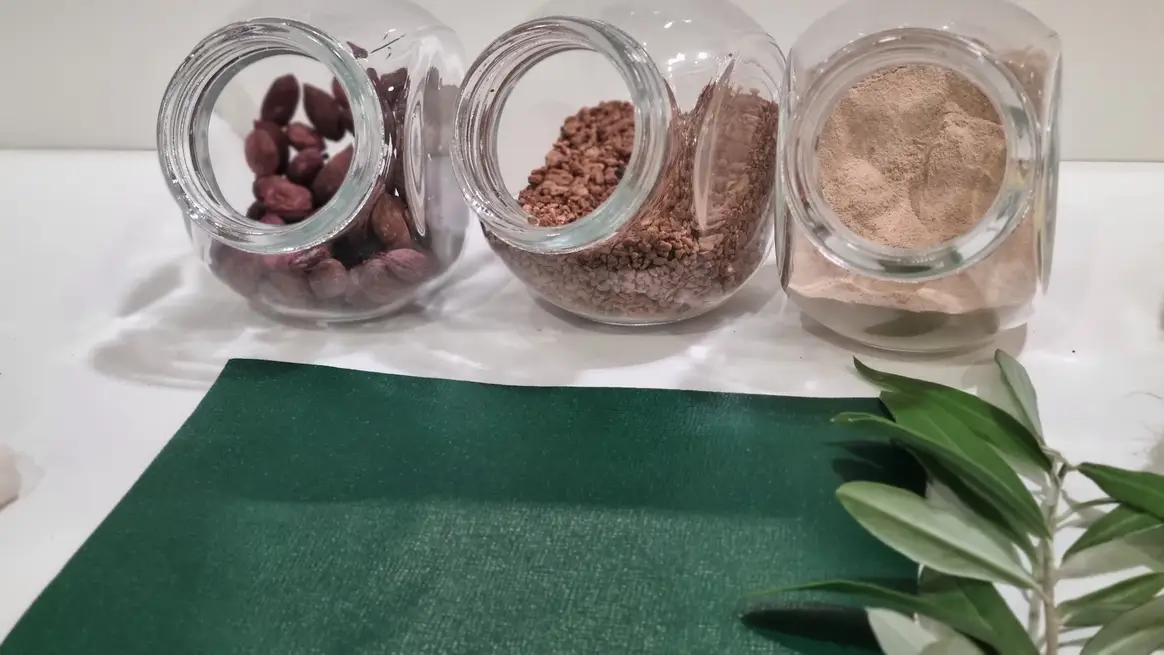
Deep in the sea…
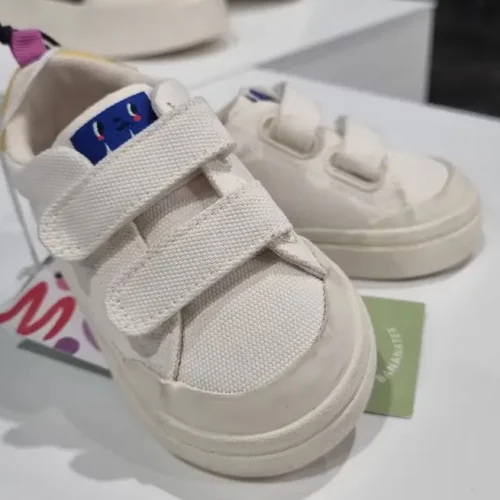
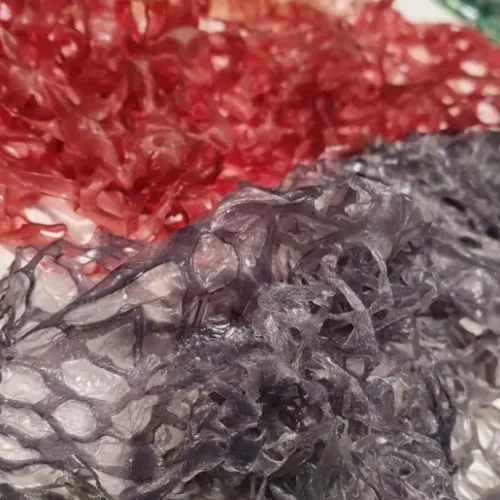
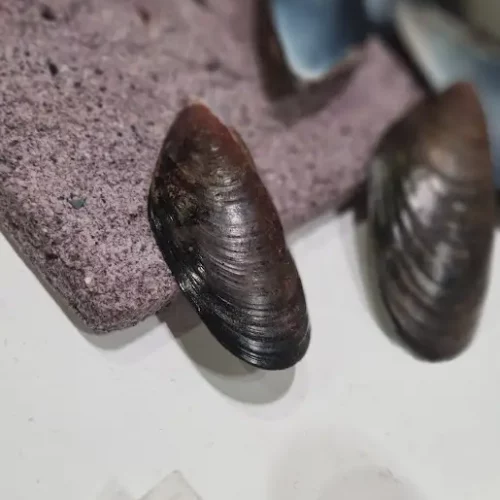
Fabric Sourcing Consultant Annet Sunderman specialized in sustainable textiles in recent years and has, for example, already worked with Bananatex ®. She indicates that innovations like this are important for the industry. “Besides fibers like these, I see especially a lot of developments with algae at the fair this year. I really believe that we can expect a breakthrough in that pretty soon.”
She refers primarily to ‘Seacell’, a patented material made from seaweed from the fjords and cellulose from sustainably managed forests.
“It’s really tremendously soft to the touch, but it’s still pricey.” And with that, Sunderman immediately identifies one of the tricky points. More sustainable materials often have a higher price tag, which is currently delaying their breakthrough. On the other hand, regular fabrics are also rising in price. Cotton, for example, is becoming increasingly scarce with the well-known financial consequences.
Waste becomes raw material: how about recycling?
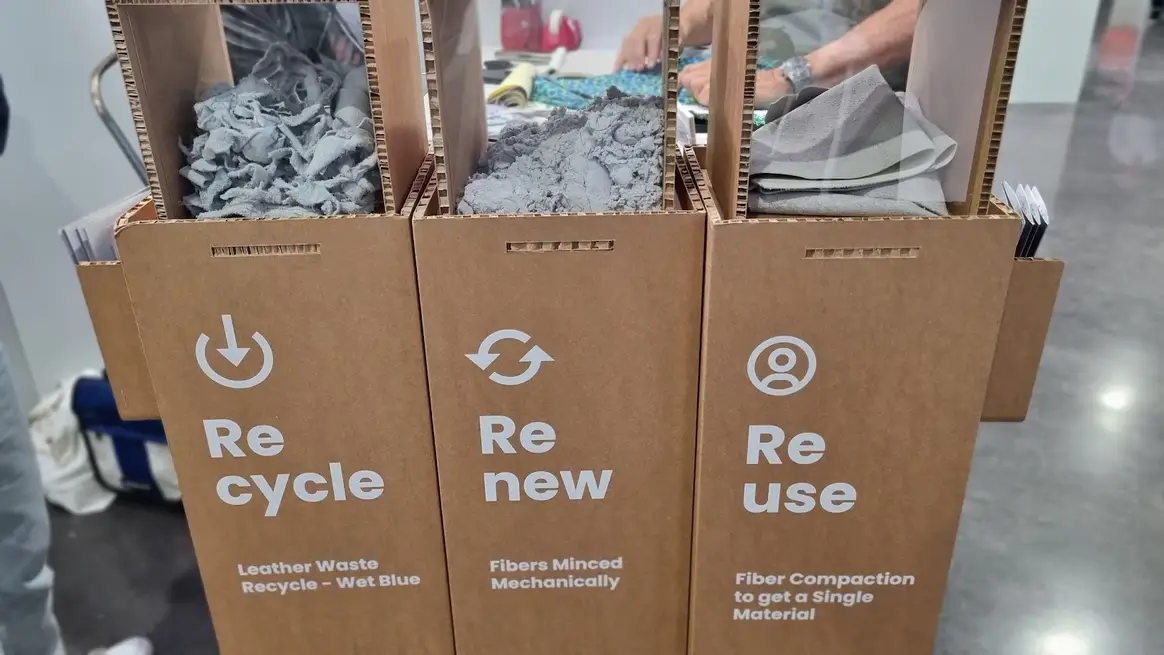
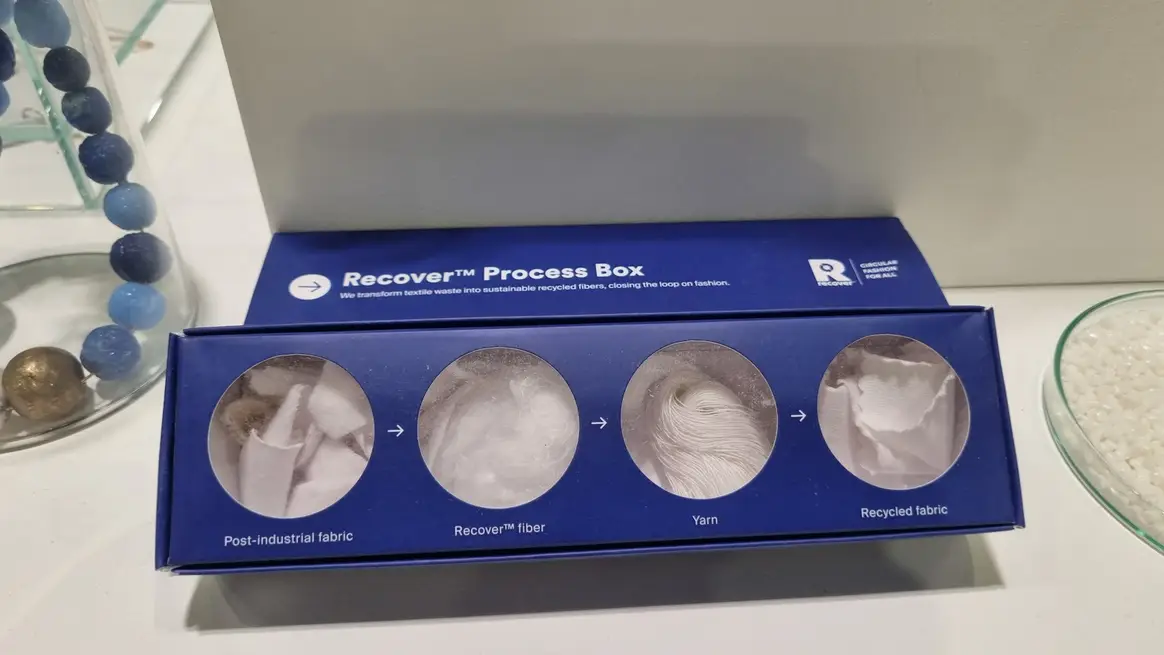
So, tomorrow we’re all green?
Innovations take time. That is the case for every industry. A whole number of players at the fair therefore come back year after year to show progress. And the sector does progress, but for a lightning-fast industry like fashion, the pace sometimes seems slow. It therefore requires a different mindset from buyers and designers: taking the time to explore and test new materials is crucial.
Lieve Vermeire, Sustainability Manager at listed Belgian lingerie company Van de Velde agrees: “The expo gives a good overview of what is already commercially feasible and scalable and what is still in the early stages of research in terms of material innovations. The combination with the seminars, which highlight highly relevant themes, also provides an update on the current state of things. Visiting the expo is an inspiring and motivating boost in the search for how we can have a more positive impact as a company.”

